
Do you feel pain or sensitivity after having your cavity filled? What’s normal and what’s not? Here’s all you need to know about pain after cavity filling.
Cavities are prevalent, especially among those who have a sweet tooth. Fortunately, cavity fillings are often affordable, accessible, and painless. But some patients may feel a little sensitive after a tooth filling.
While pain after cavity filling is typically mild, that doesn’t mean it isn’t bothersome.
Let’s explore why you might feel tooth and jaw pain after a cavity filling and what you can do to put an end to those aches.
Is It Normal to Feel Pain After a Cavity Filling?
Whether or not you’ll feel pain after a cavity filling depends on several factors. As such, post-filling pain can be tricky to predict.
Many individuals may be more prone to developing post-procedure aches and pains. Those who tend to experience pain after a cavity filling may:
- Have sensitive teeth
- Be suffering from gingivitis or periodontal disease
- Have an untreated tooth infection
- Have a tooth crowding issue
Of course, patients that cannot relate to these factors may still feel pain after a tooth filling. But to understand why we’ll need to explore what a cavity is and how it’s treated. Let’s get started!
Why Might You Feel Pain After a Cavity Filling?
A cavity is a hole or area of deep decay within a tooth. Cavities form over time, and their most common causes include poor dental hygiene and an overly sugary diet.
As cavities worsen, they can begin to affect the inner parts of the tooth. You may experience pain if the damage extends to the tooth root and nerve. However, most cavities aren’t painful.
This begs the question: Why do you feel pain after a cavity filling? Well, the answer is straightforward.
Mild pain after getting a cavity filled is usually the result of a change in pressure. After a filling, the piece of your tooth stripped away by bacteria has been replaced by a hard filling.
This changes the way air and saliva move across your tooth. Additionally, there may be more pressure on the gums and root nerve after a filling. An achy post-filling jaw should return to normal within a few weeks at most.
Getting a Cavity Filled: What to Expect
As we briefly mentioned above, getting a cavity filled involves the use of a hard filling. This material helps to cover and fill the missing enamel caused by decay and corrosion.



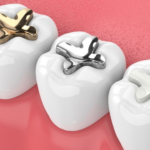
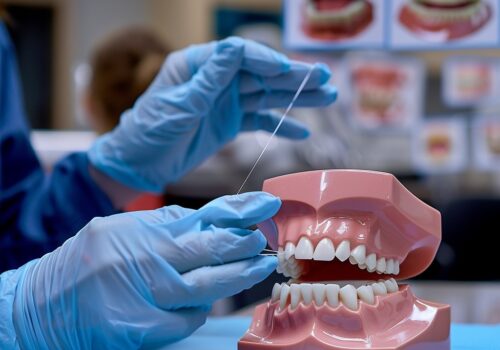
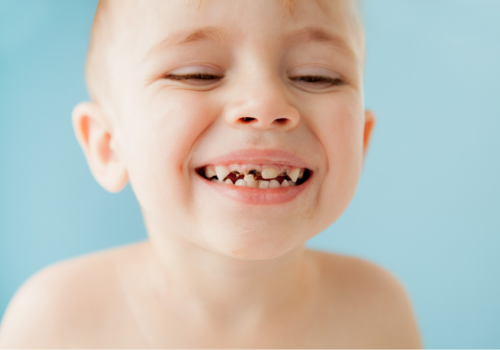


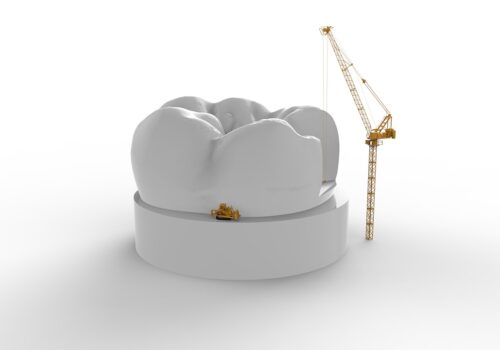
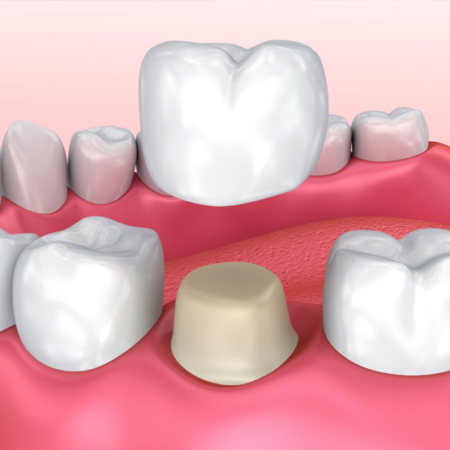
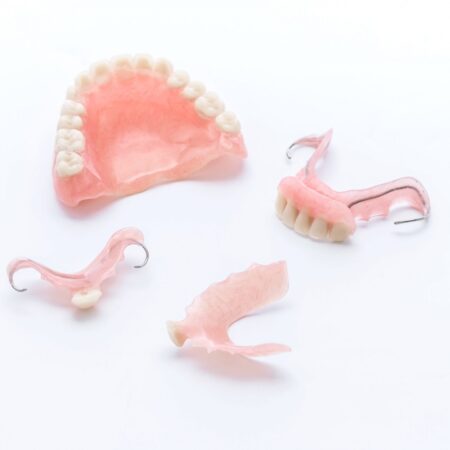
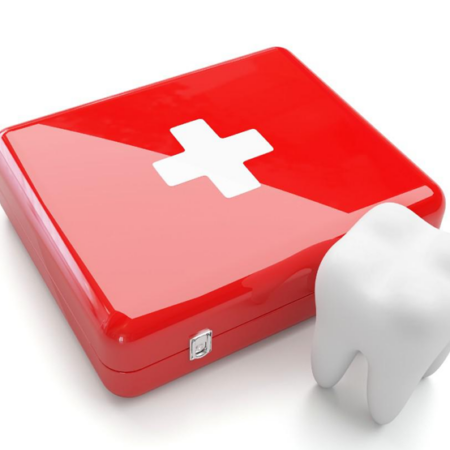
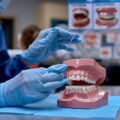


Leave a Reply